The intersection of technology and art has always been a fertile ground for innovation and debate. In recent years, the advent of generative artificial intelligence (AI) has introduced new possibilities in the realm of photography, particularly wildlife photography. This article explores the argument that using generative AI to make limited changes—such as removing or adding a branch in a wildlife photograph—is an acceptable artistic license, provided that the overall message and integrity of the photograph are not compromised. In the photograph below, the building the owl was originally perched on has been replaced by a more aesthetically pleasing perch. Is it art or as some purists might suggest, diabolical trickery to be avoided at all cost? Let’s explore the possibilities.
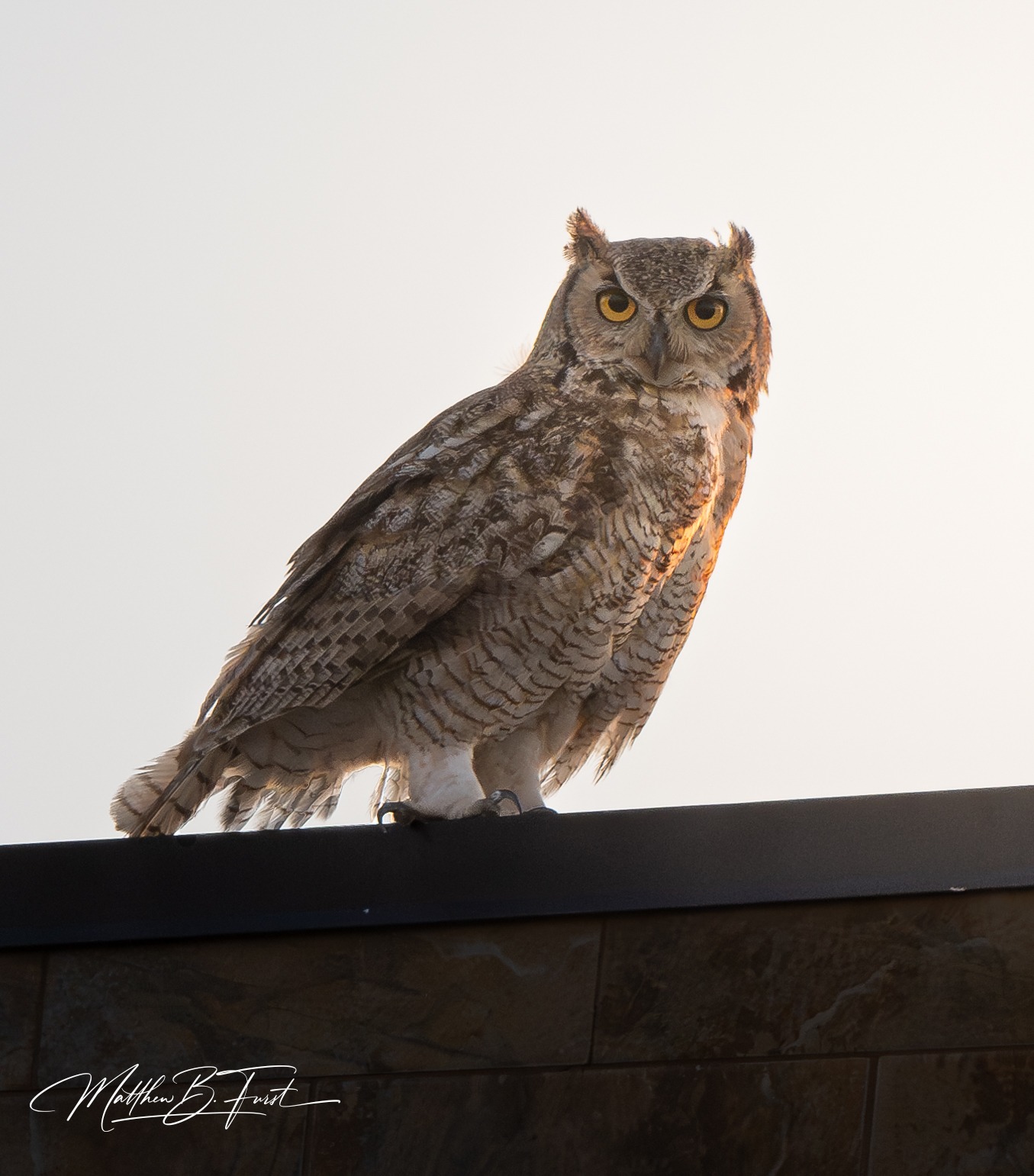
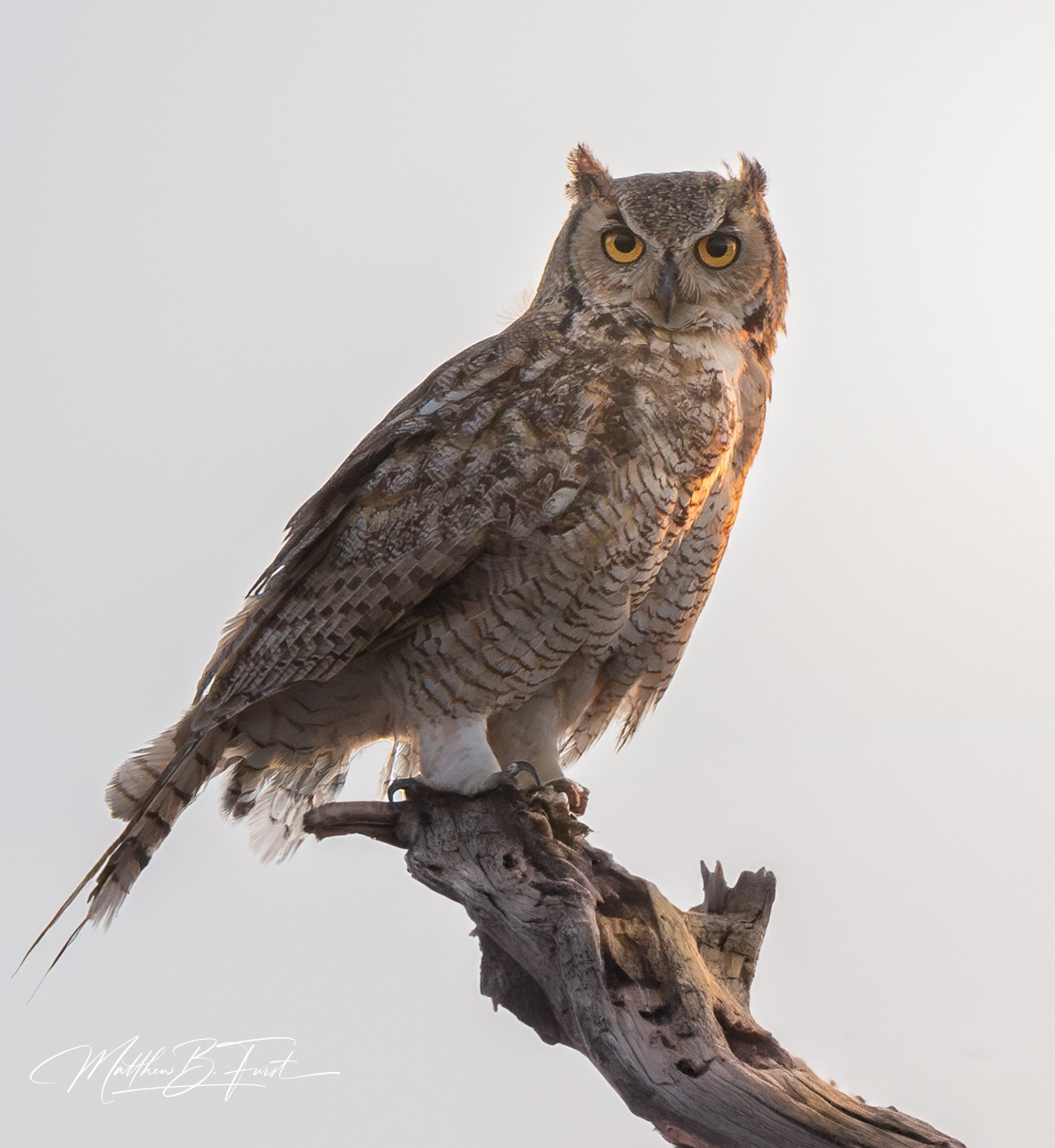
Photography is Art
Photography is unequivocally a form of art. Photography is art because it embodies creative expression, technical mastery, and emotional impact. Like traditional art forms, it allows photographers to make deliberate choices about composition, lighting, and subject matter to convey unique perspectives and evoke emotions. The process of capturing and editing images requires a blend of creativity and technical skill, paralleling the practices of painting or sculpture. Moreover, iconic photographs can resonate deeply, provoke thought, and influence culture, underscoring their capacity to connect with viewers and contribute to the cultural and emotional fabric of society. Through these elements, photography stands as a powerful and respected artistic medium.
Editing a photograph using AI can also constitute art, as it involves creative decision-making, technical proficiency, and the potential to evoke emotional and intellectual responses. The use of AI in photo editing extends the photographer’s toolkit, allowing for innovative modifications and enhancements that can transform an image in unique and expressive ways. When a photographer uses AI to edit a photograph, they are engaging in an artistic process—selecting which elements to alter, enhance, or remove to convey their vision and message more effectively. This blend of technology and creativity aligns with the broader definition of art, which encompasses not only traditional methods but also modern, tech-driven techniques that push the boundaries of visual expression.
Artistic license
Artistic license refers to the creative freedom that artists take to deviate from reality or conventional rules to achieve their desired effect, convey a message, or evoke emotions. This includes interpreting subjects uniquely, exaggerating or distorting elements, incorporating symbolic or imaginative narratives, and experimenting with innovative techniques. It allows artists to emphasize certain features, dramatize events, and push the boundaries of traditional art, highlighting that art is about expressing deeper truths and imaginative possibilities rather than merely replicating reality. There can be artistic license in photography, as photographers often manipulate elements of their images to convey a particular vision or emotion. This might include altering colors, adjusting lighting, or using techniques like double exposure to create surreal or symbolic imagery. For example, a photographer might use long exposure and light painting to create ethereal, dream-like landscapes that don’t exist in reality but evoke a specific mood or theme, thus demonstrating artistic license in transforming a scene to express a deeper creative intent.
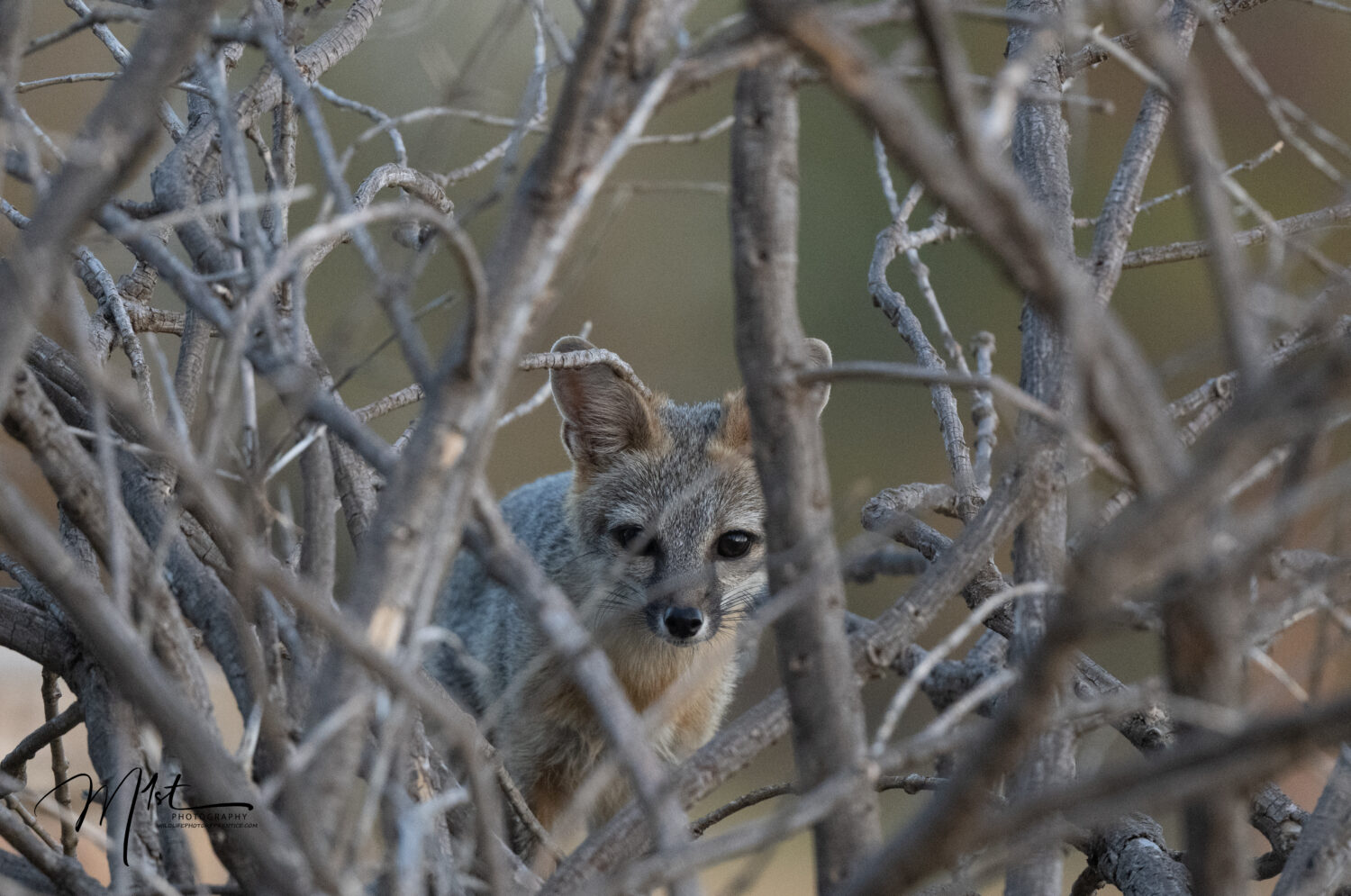
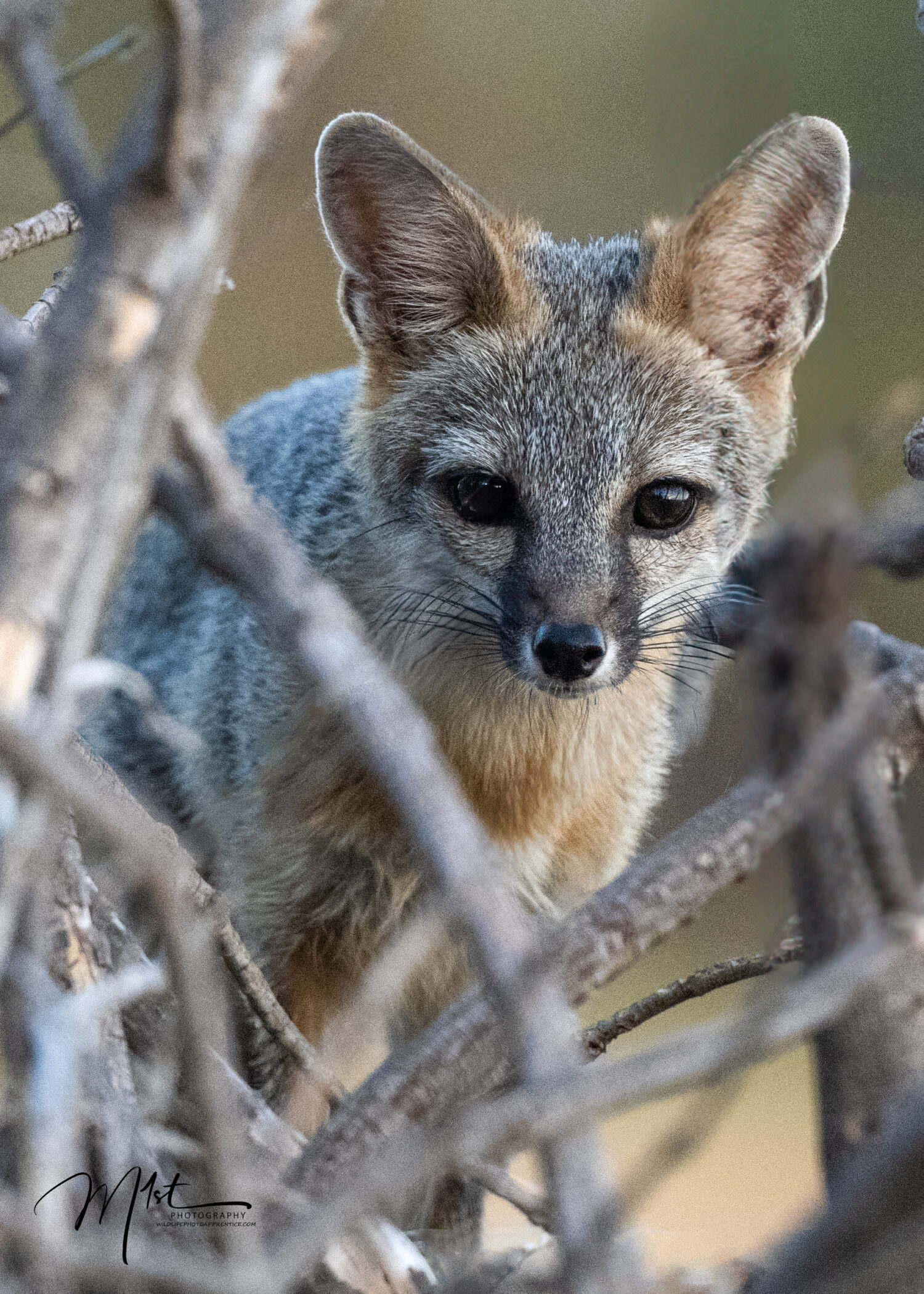
Editing verses Generative AI
The use of editing tools in photography is common and in general not considered fundamentally unethical, as these adjustments are often used to enhance the clarity, vibrancy, and overall aesthetic appeal of a photograph without altering the factual content or context of the image. These edits are akin to traditional darkroom techniques where photographers would adjust exposure, contrast, and other elements to bring out the best in their images. Such modifications are widely accepted as they do not mislead the viewer about the actual scene but rather present it in a more visually appealing manner.
On the other hand, using generative AI to add or remove elements in a photograph can tread a finer ethical line, as these alterations have the potential to change the content of the image in a more significant way. Removing a distracting branch or adding one for compositional balance involves modifying the scene’s reality, which can be perceived as deceptive if not disclosed. However, if these changes are made transparently and the overall message and integrity of the photograph remain intact, they can be considered ethically acceptable. The intent and impact of such changes play a crucial role in determining their ethicality.
While both traditional editing tools and generative AI have their places in photography, their ethical considerations differ primarily based on the nature and extent of the modifications they enable. Traditional editing tools enhance an image without altering its fundamental truth, whereas generative AI changes can potentially alter the scene’s reality. As long as the use of generative AI is limited, transparent, and does not mislead the audience about the photograph’s core message, it can be viewed as ethically comparable to traditional editing practices. The key lies in the photographer’s intention and commitment to maintaining the photograph’s authenticity and integrity.
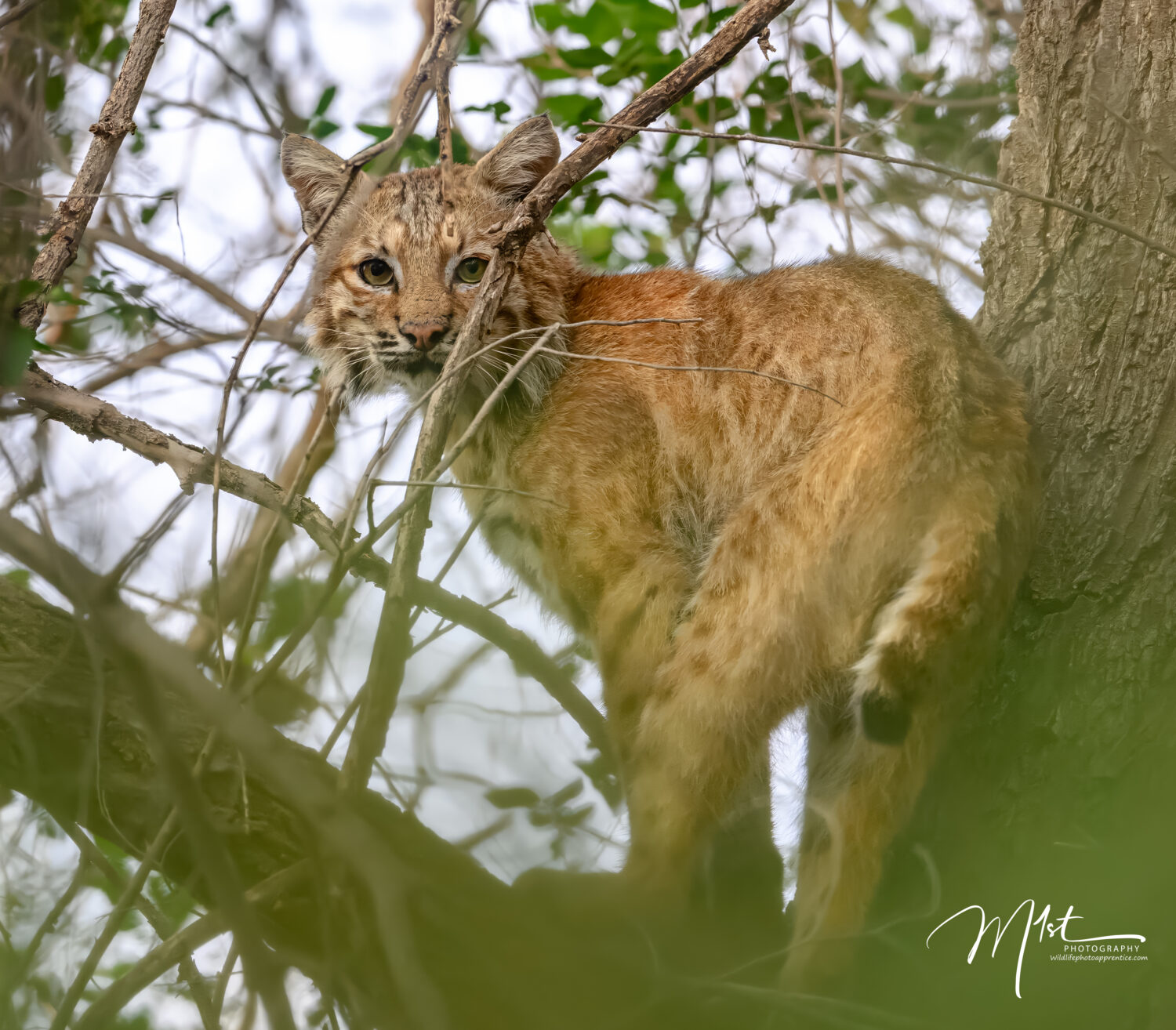
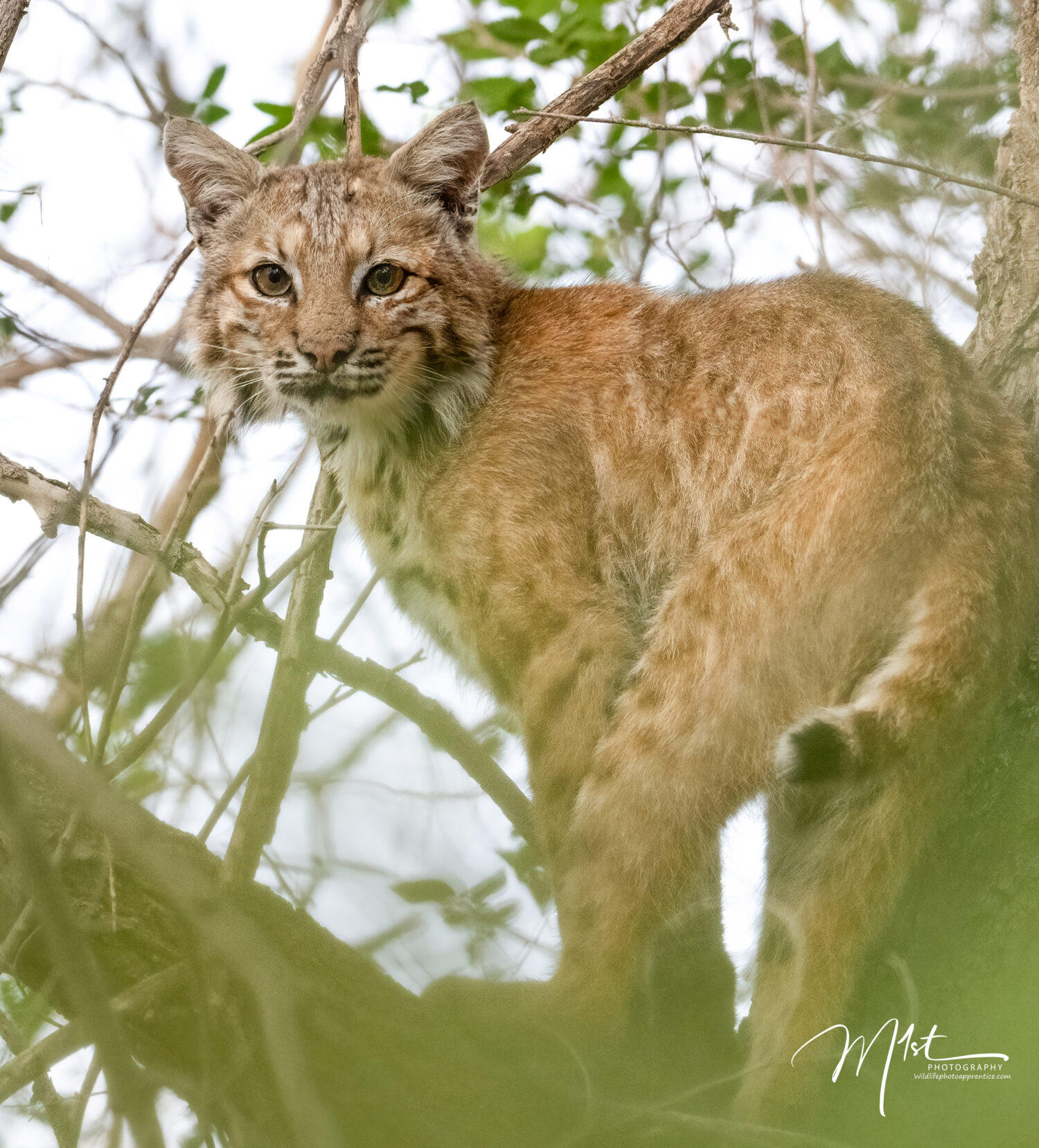
Understanding Generative AI in Photography
Generative AI, particularly through techniques like Generative Adversarial Networks (GANs), has revolutionized digital imagery. These technologies can create, modify, and enhance images in ways that were previously unimaginable. In wildlife photography, AI tools can be used to subtly alter images by adding or removing elements such as branches, ensuring the primary subject remains the focal point.
The Role of Photography in Wildlife Conservation
Wildlife photography serves multiple purposes: it documents the natural world, raises awareness about conservation issues, and evokes emotional responses that can drive change. The authenticity of such images is paramount because they often serve as evidence of wildlife behaviors and habitats. Any alteration that misleads the viewer or misrepresents reality can undermine the credibility of the photograph and, by extension, the cause it supports.
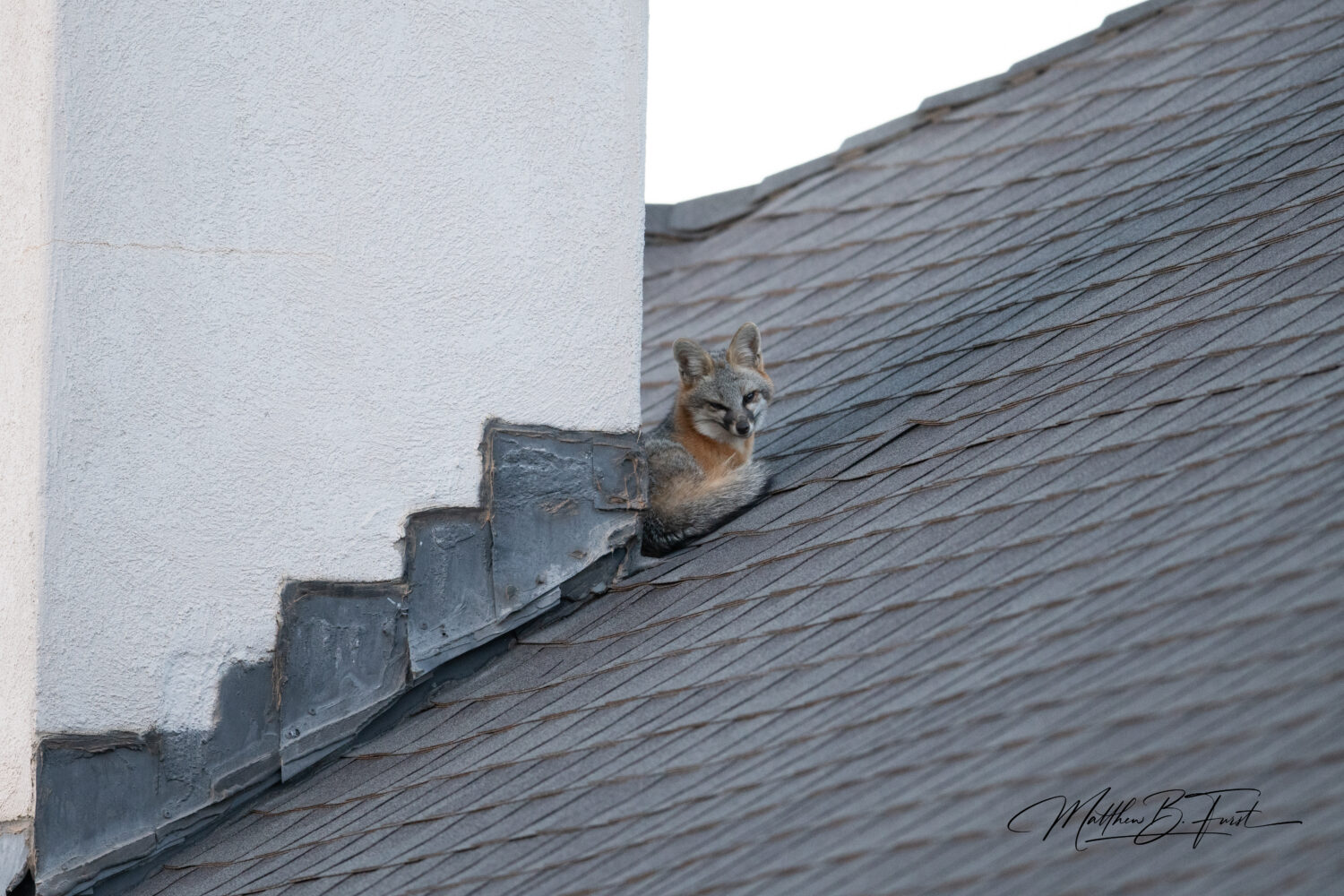
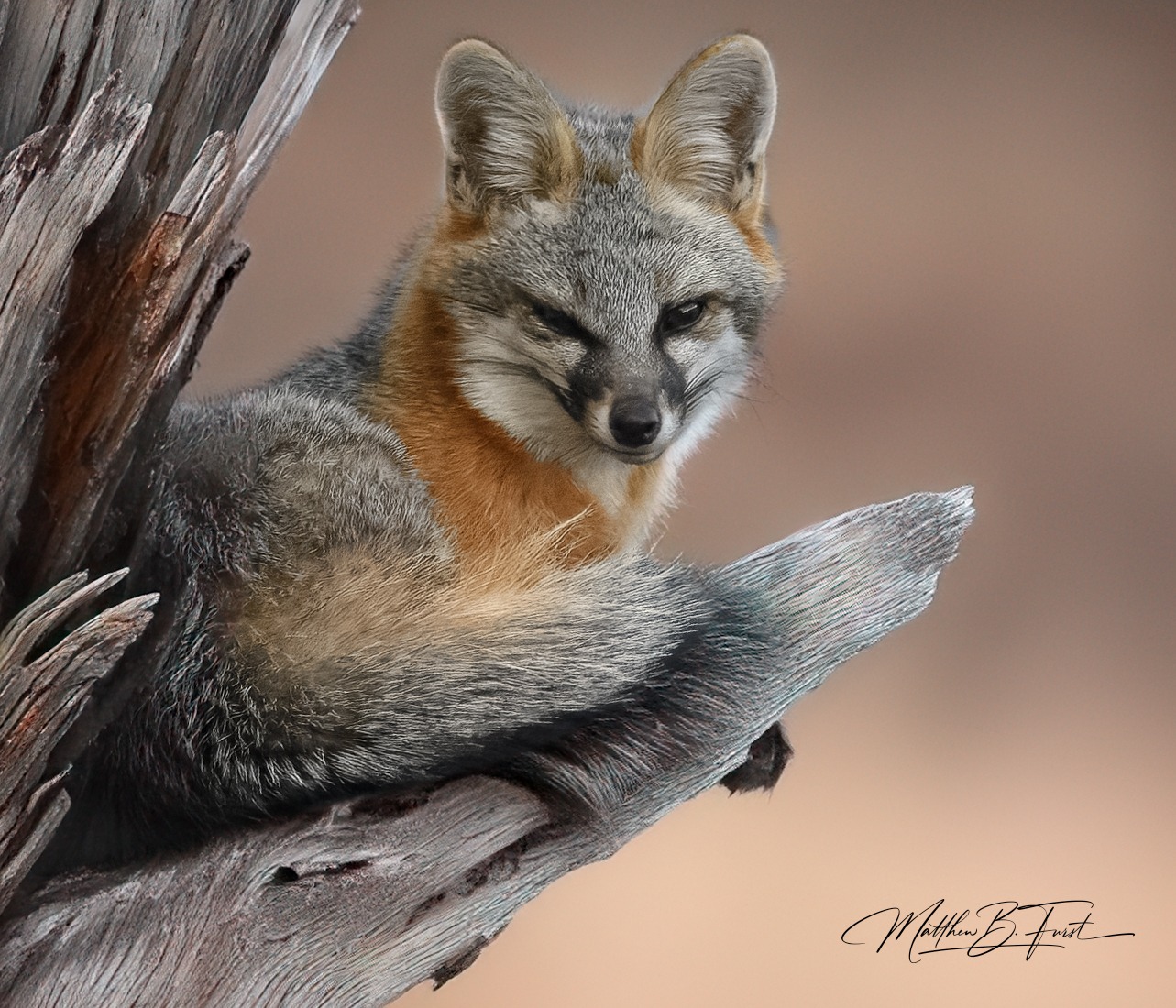
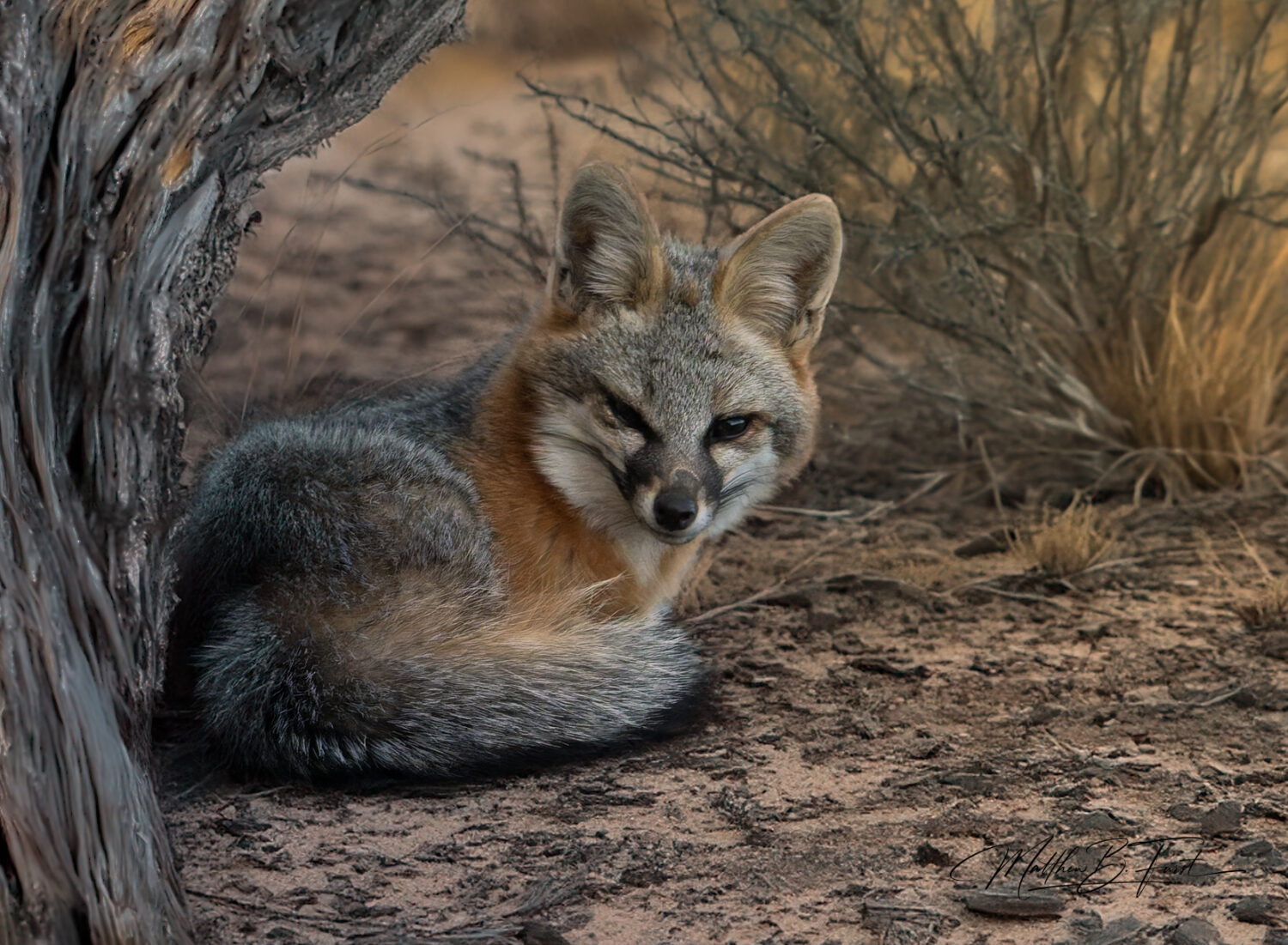
The Case for Limited AI Intervention
Enhancing Aesthetic Appeal Without Deception
In some instances, a branch may obstruct the view of an animal or create a distracting element that detracts from the overall aesthetic of the photograph. Using AI to remove such obstructions can enhance the visual appeal without altering the photograph’s core message. For example, if a branch partially covers a bird, removing it can provide a clearer view of the bird without changing the scene’s natural context.
Practical Challenges in the Field
Wildlife photographers often work in unpredictable and challenging environments. The perfect shot can be marred by elements beyond their control. AI can offer a solution to these practical challenges, allowing photographers to present their intended vision more accurately. A branch added to fill an empty, unbalanced space in a photograph can make the composition more appealing and professional without deceiving the viewer.
Preserving Ethical Standards
The key to ethical AI use in photography lies in transparency and intent. As long as photographers disclose the use of AI and ensure that the modifications do not mislead viewers about the reality of the scene, such alterations can be considered ethical. The primary focus should be on maintaining the photograph’s integrity and ensuring that the changes do not alter the narrative or factual content of the image.
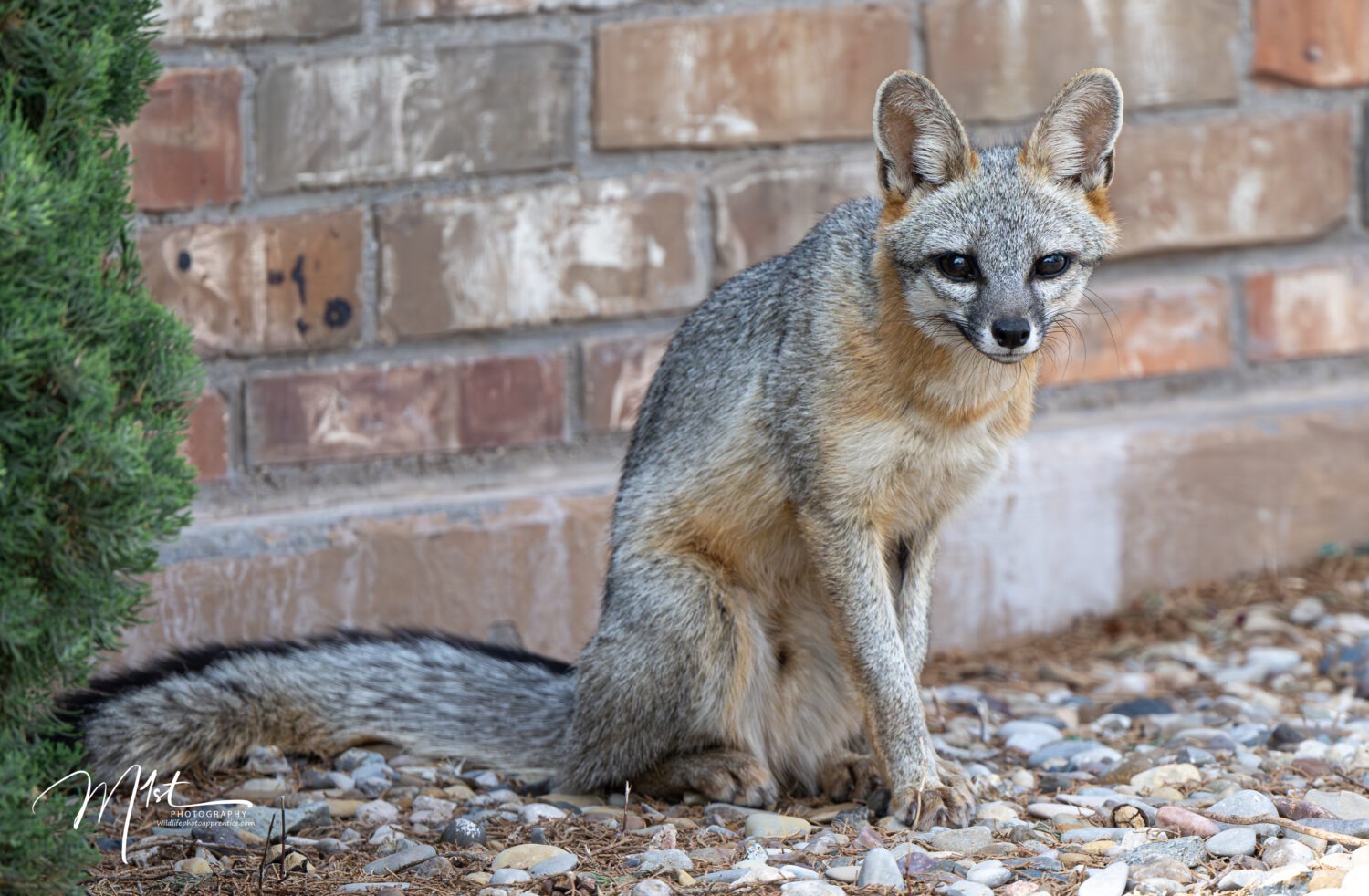
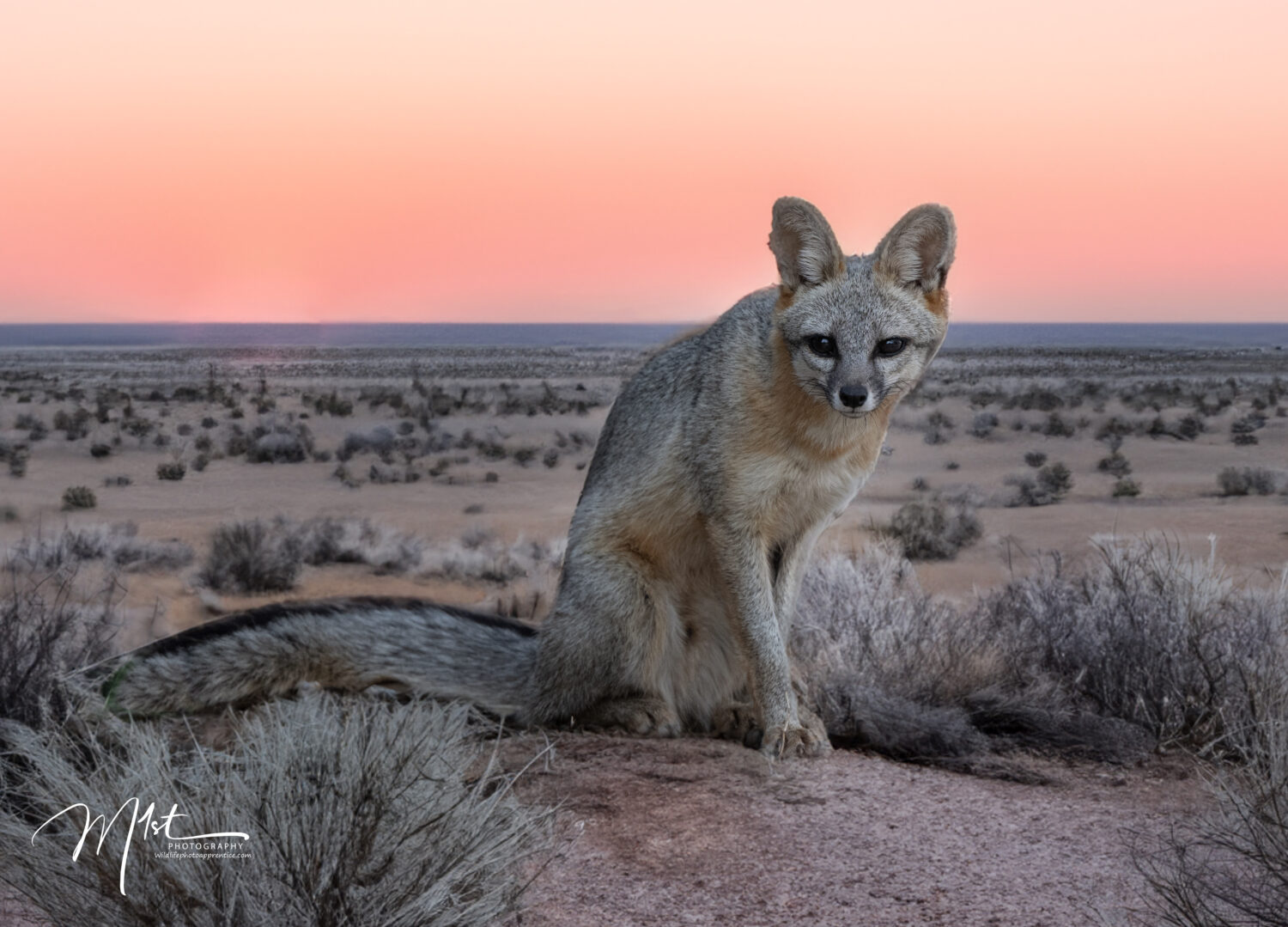
Case Studies and Examples
To illustrate the argument, consider the following hypothetical scenarios:
Scenario 1
Obstructed View: A photographer captures a stunning image of a leopard resting on a tree. However, a large branch obstructs the view of the leopard’s face. Using generative AI, the photographer removes the branch, resulting in a clearer, more impactful image. The modification does not alter the leopard’s pose or the natural setting, thus preserving the photograph’s authenticity.
Scenario 2
Balanced Composition: In another instance, a photograph of a family of elephants has an empty, unbalanced space on one side. The photographer uses AI to add a branch in the background, creating a more balanced composition. This subtle addition enhances the image’s visual appeal without changing the scene’s narrative or misleading the viewer about the elephants’ behavior or environment.
Scenario 3
Distracting Elements: A photograph of a rare bird in its habitat is perfect except for a distracting branch in the foreground. The photographer uses AI to remove the branch, ensuring the bird remains the focal point. This change improves the photograph’s aesthetic quality without compromising the authenticity of the bird’s portrayal.
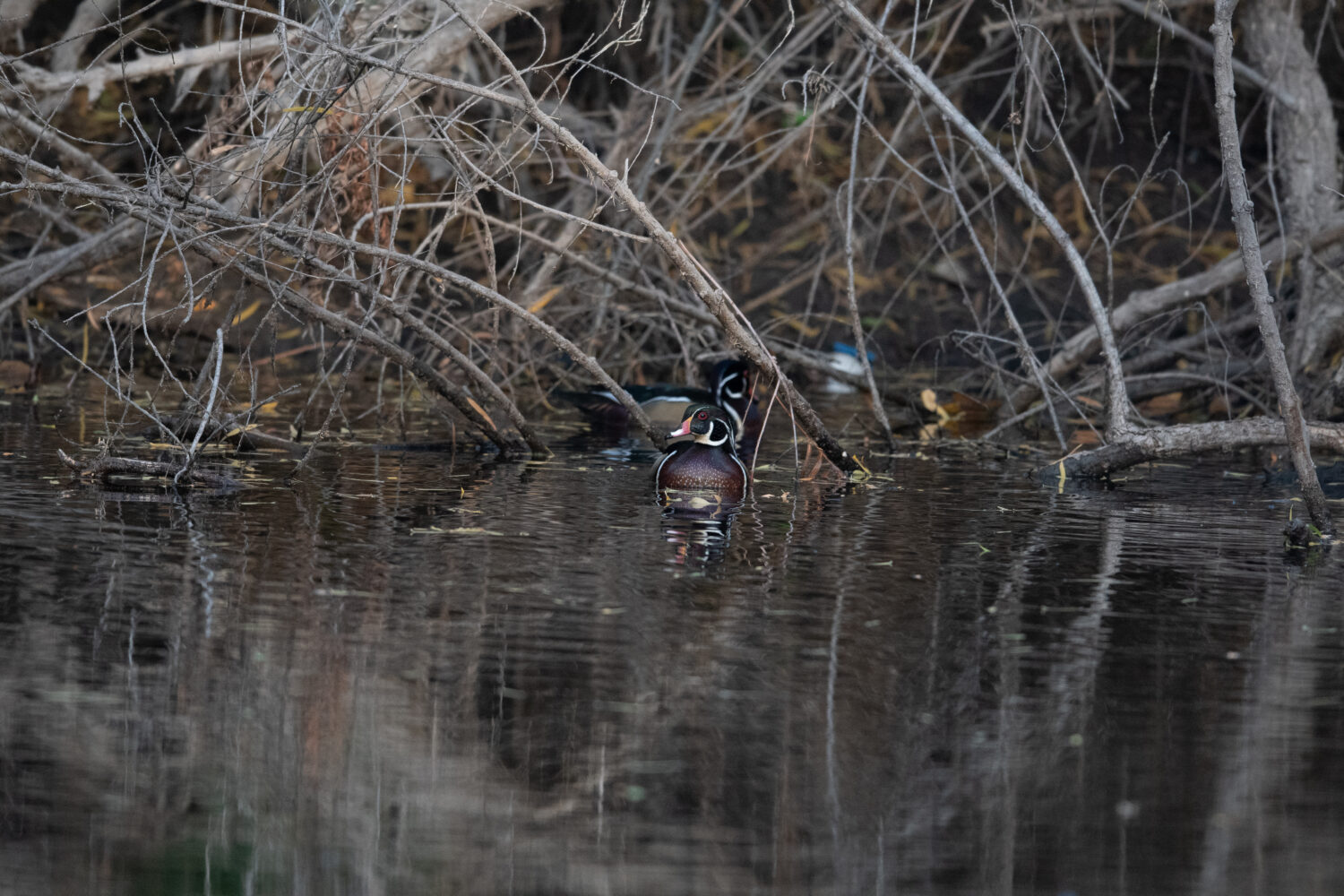
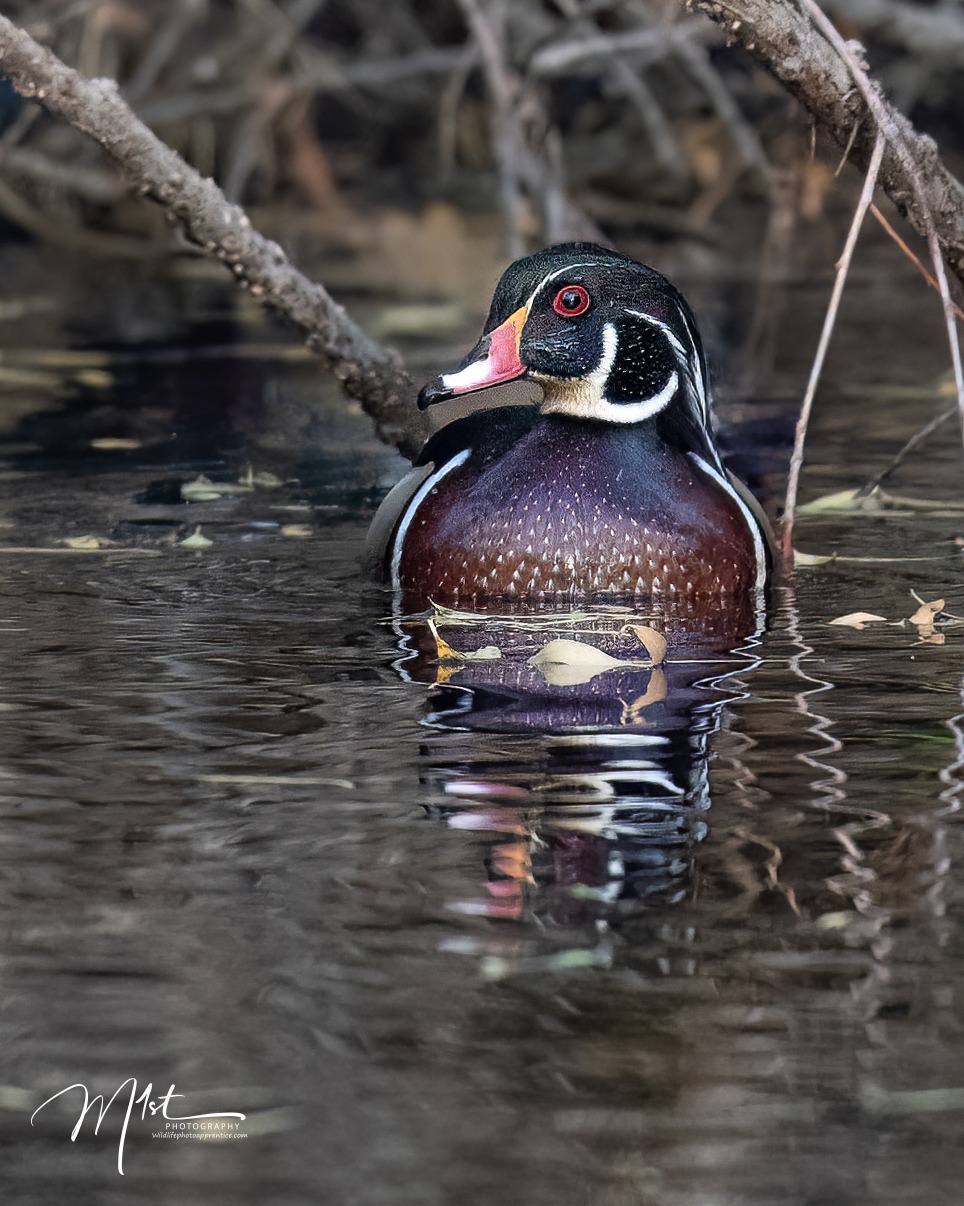
Ethical Guidelines and Best Practices
To ensure the responsible use of AI in wildlife photography, the following ethical guidelines and best practices can be adopted.
Transparency: Photographers should be open about their use of AI. Disclosing any alterations made using AI maintains trust with the audience and ensures the photograph is not misleading.
Intent: The intent behind using AI should be to enhance the photograph’s clarity and aesthetic appeal without altering its core message or factual content. Changes should be minimal and should not misrepresent the subject or the environment.
Consistency: Any AI modifications should be consistent with the photograph’s original context. For instance, adding elements that do not belong to the natural habitat of the wildlife subject would be unethical.
Education: Educating the audience about the use of AI in photography can foster a better understanding and acceptance of this technology. This can be achieved through workshops, articles, and transparent communication.
Addressing Potential Criticisms
Concerns About Authenticity: Critics may argue that any alteration, however minimal, compromises the authenticity of wildlife photographs. While this concern is valid, it is important to differentiate between modifications that enhance clarity and those that mislead. Ethical use of AI focuses on the former, ensuring that the photograph remains a truthful representation of the subject.
Slippery Slope Argument: There is a concern that allowing minor alterations could lead to more significant manipulations. This slippery slope argument can be addressed by establishing clear ethical guidelines and industry standards that define acceptable practices and ensure accountability.
Impact on Conservation Efforts: Some might worry that AI alterations could undermine the role of photography in conservation. However, by maintaining transparency and integrity, photographers can use AI to enhance their work without compromising its value in conservation efforts. Enhanced images can still evoke powerful emotional responses and drive awareness and action.
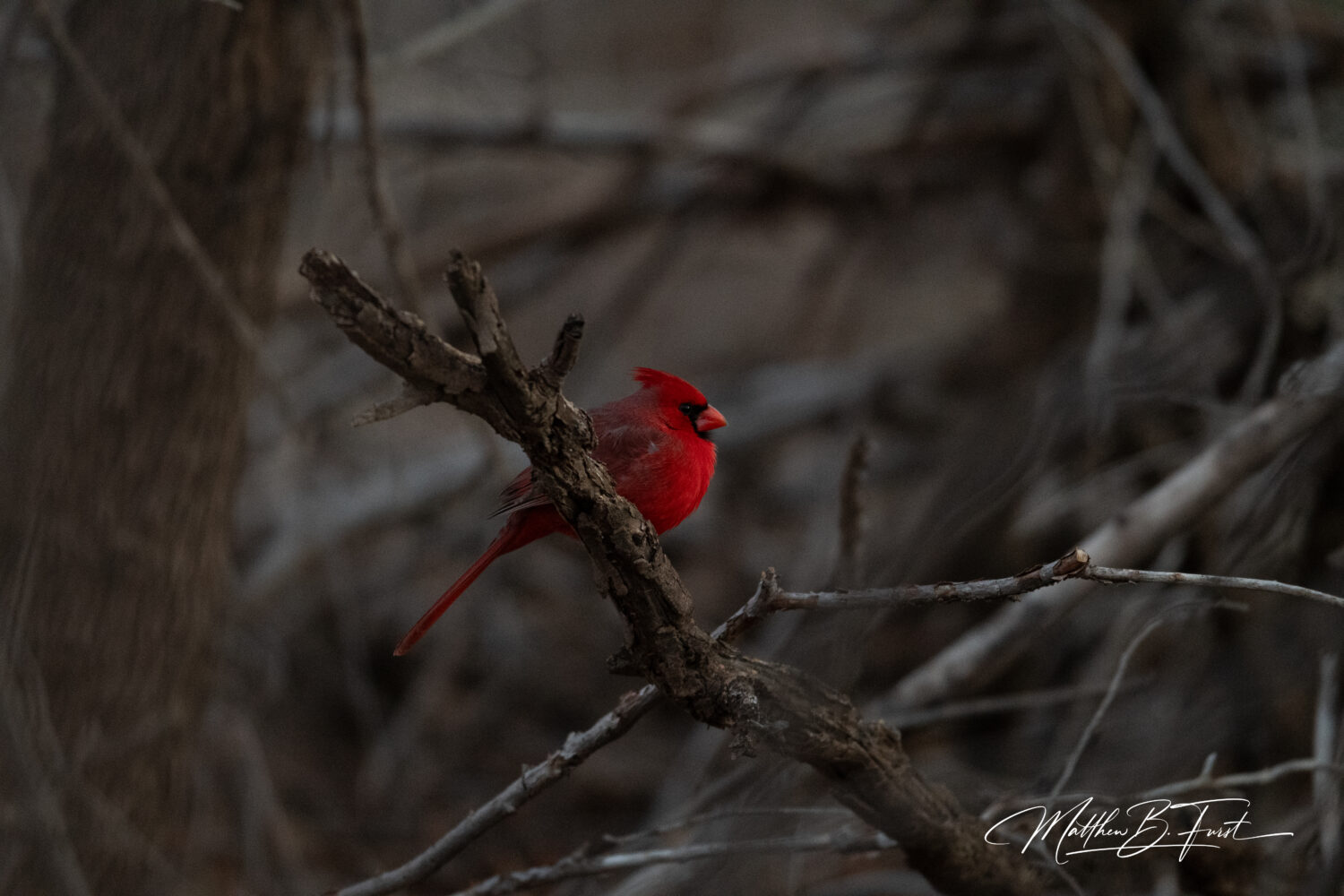
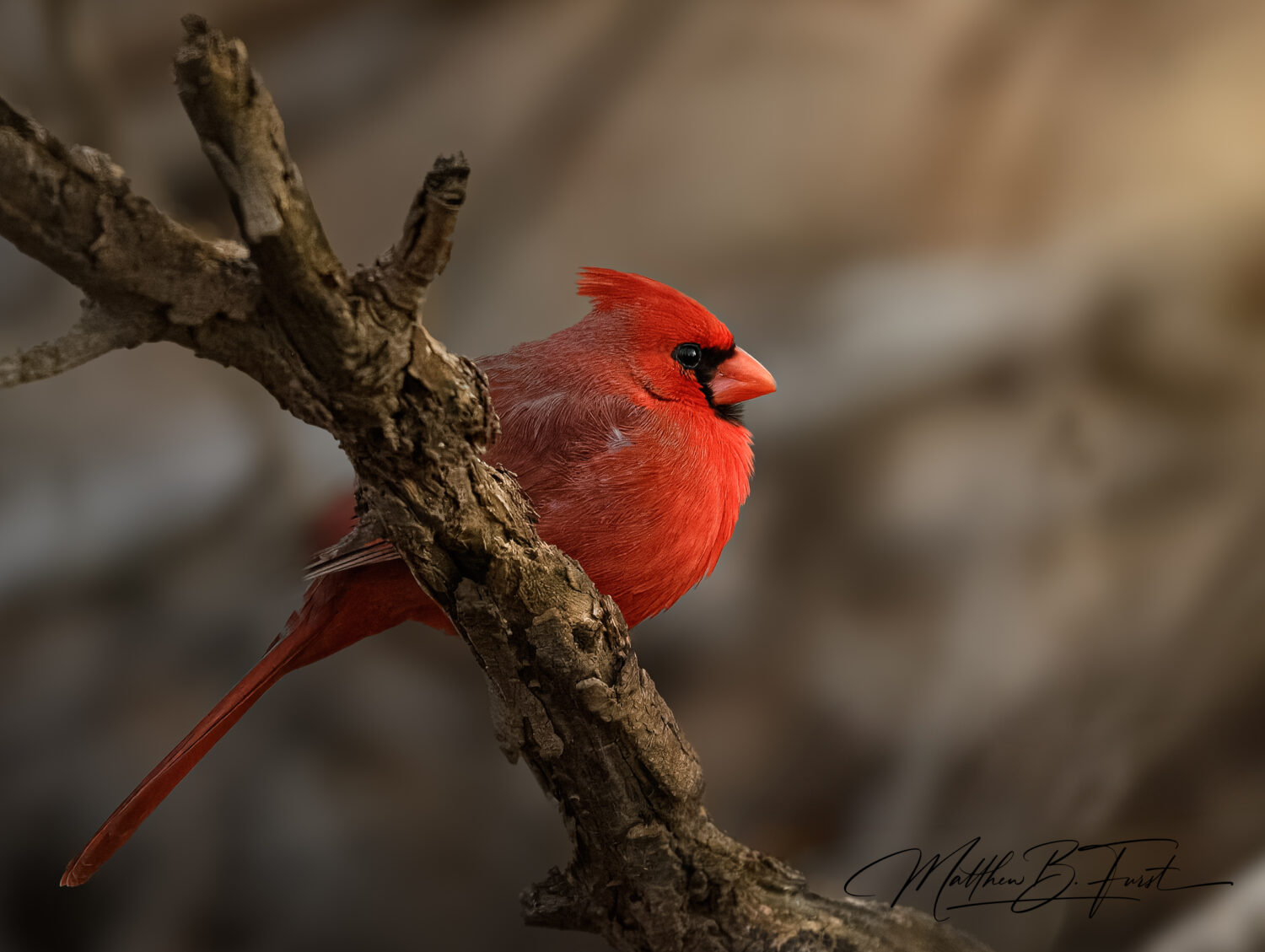
The Future of AI in Wildlife Photography
As AI technology continues to evolve, its applications in photography will undoubtedly expand. Embracing this technology with a balanced approach can open new creative possibilities while maintaining ethical standards. Photographers can leverage AI to overcome practical challenges and enhance their work, provided they remain committed to transparency and integrity.
Conclusion
My argument is that the use of generative AI in wildlife photography to make limited changes, such as adding or removing a branch, should be acceptable as long as the overall message of the photograph is not changed. Using Generative AI in a limited way is no more diabolical trickery than altering lighting or sharpening. The key is the extent to which it is used and how the final photograph will be presented. Using a photograph for your website is certainly different than entering a photograph in a contest for personal or financial gain. In my opinion, this balanced approach allows photographers to enhance the aesthetic appeal of their images and overcome practical challenges without compromising the authenticity and integrity of their work. By adhering to ethical guidelines and maintaining transparency, photographers can harness the power of AI to create impactful, truthful representations of the natural world. The future of wildlife photography lies in embracing technology responsibly, ensuring that the beauty and truth of our planet’s wildlife continue to inspire and drive conservation efforts.
